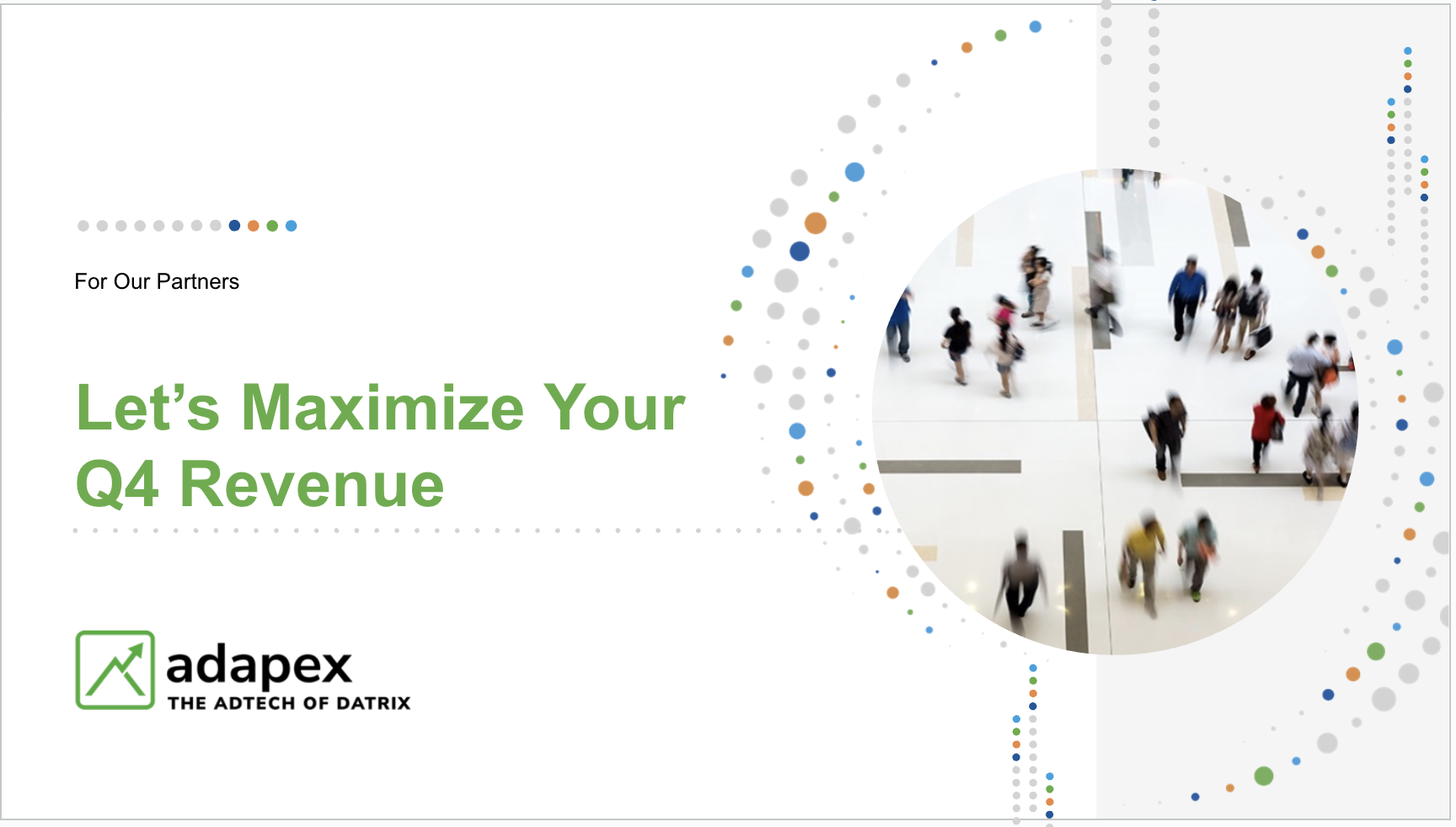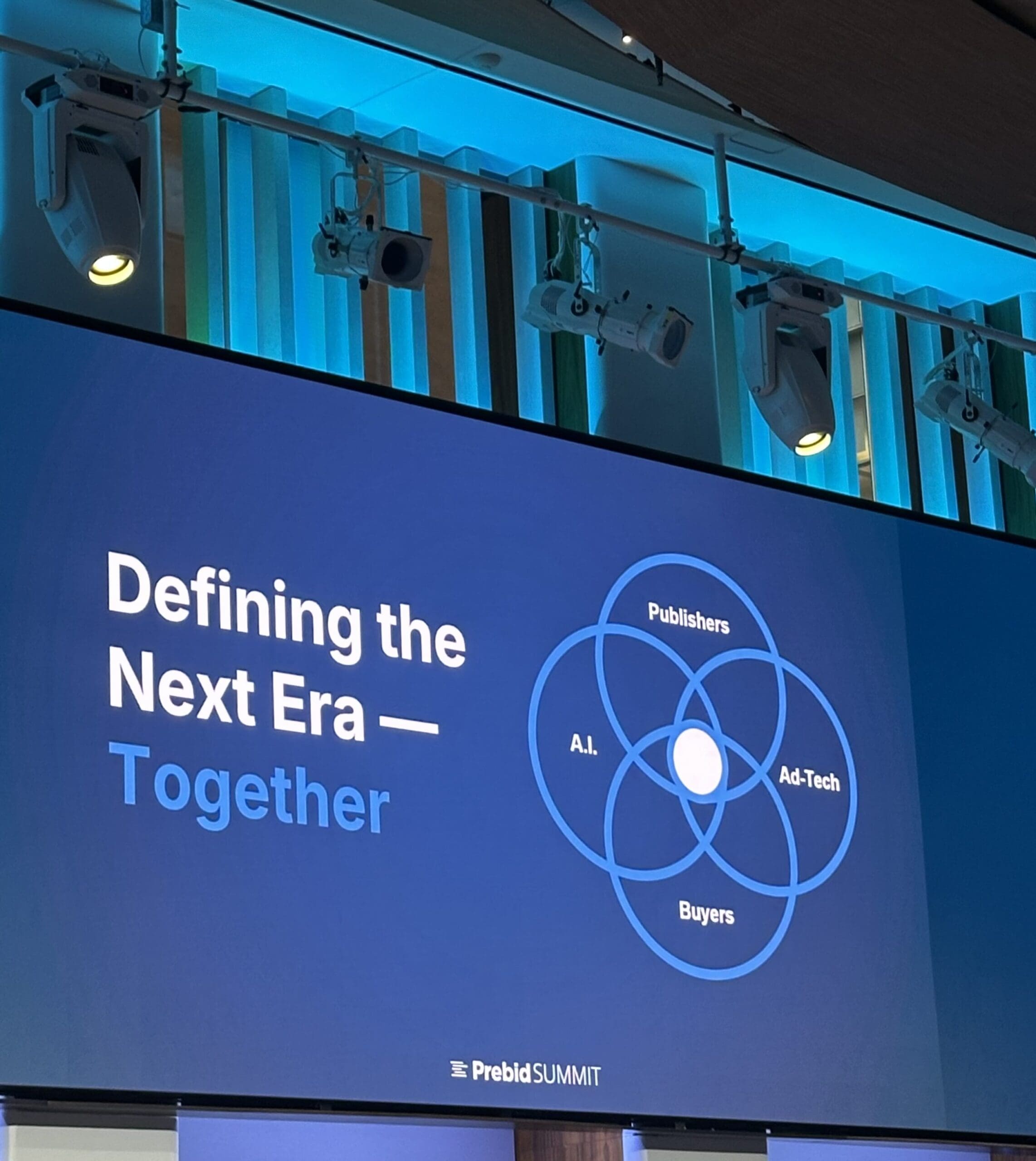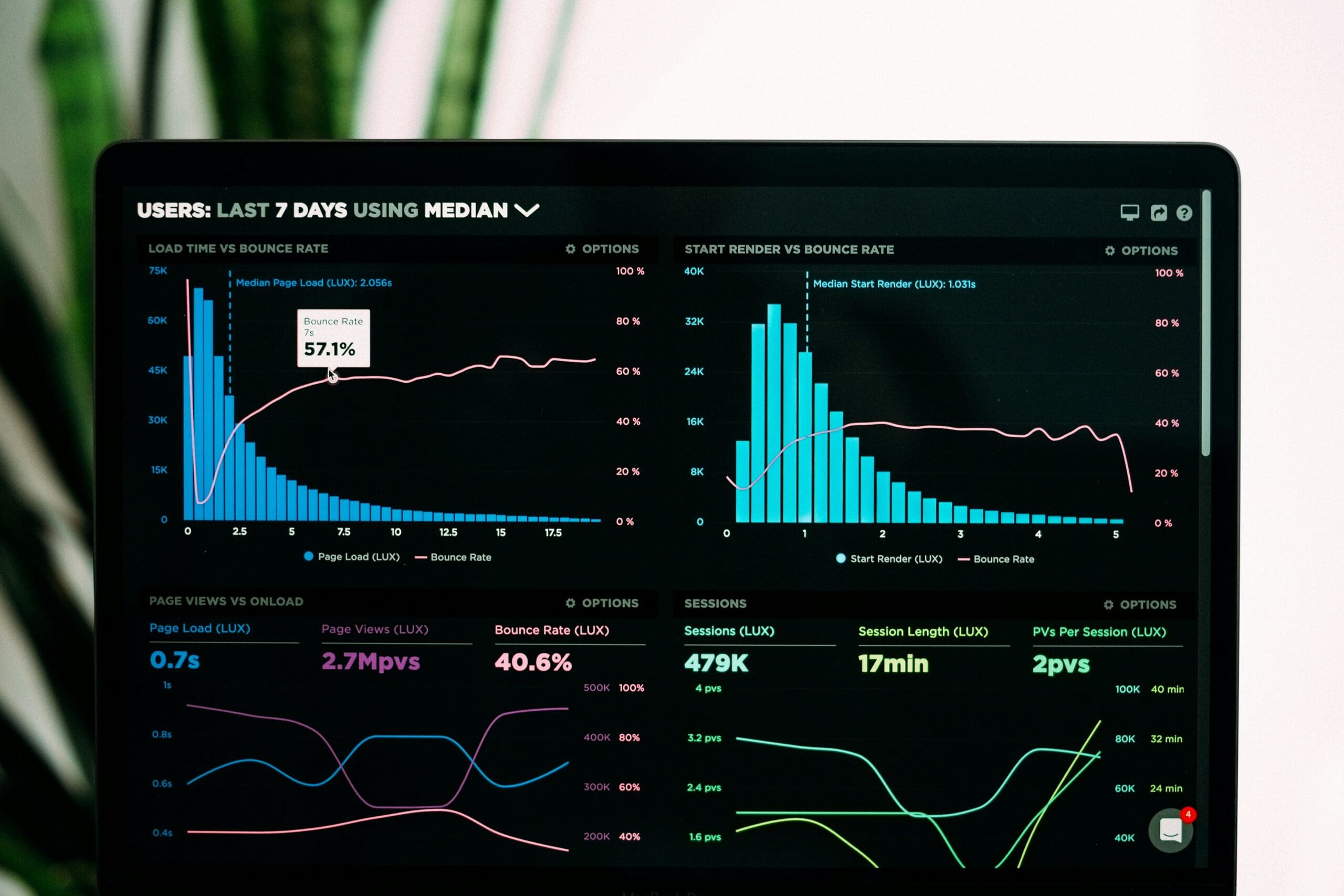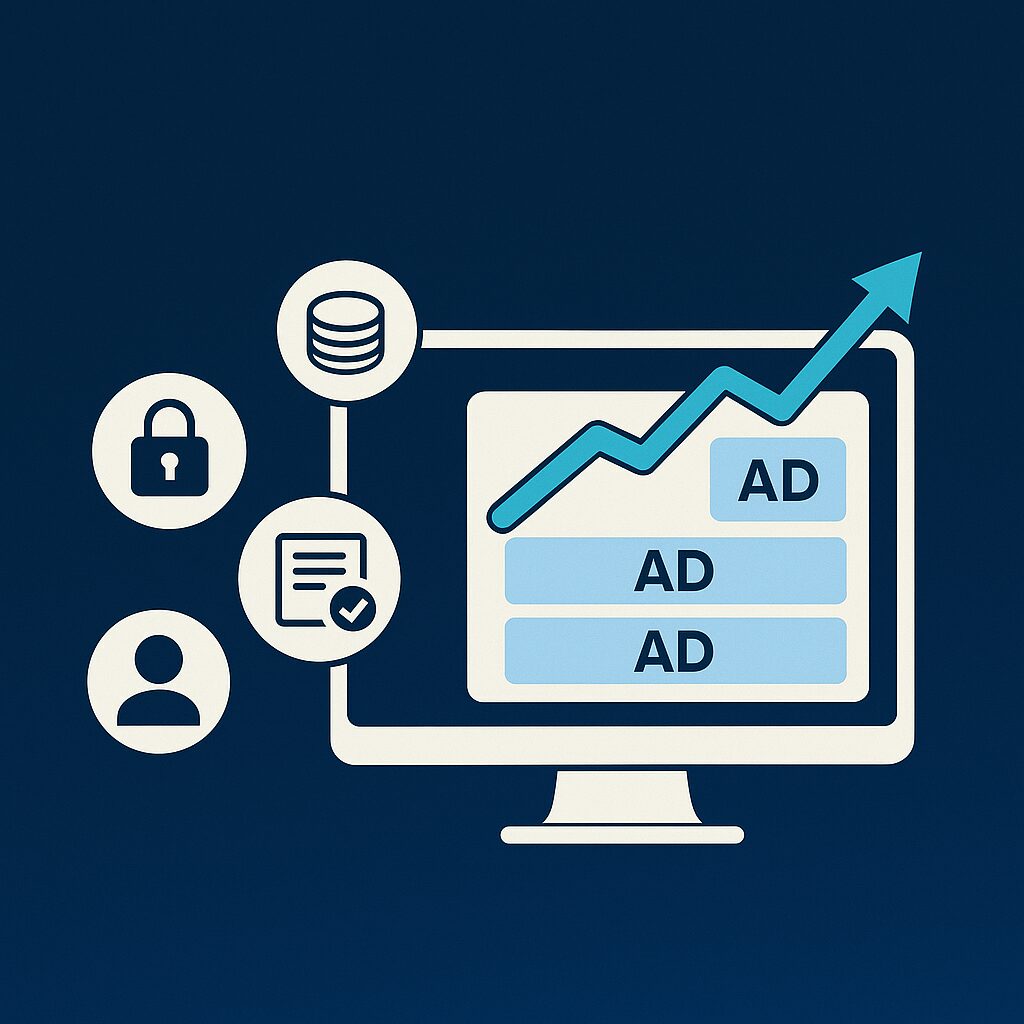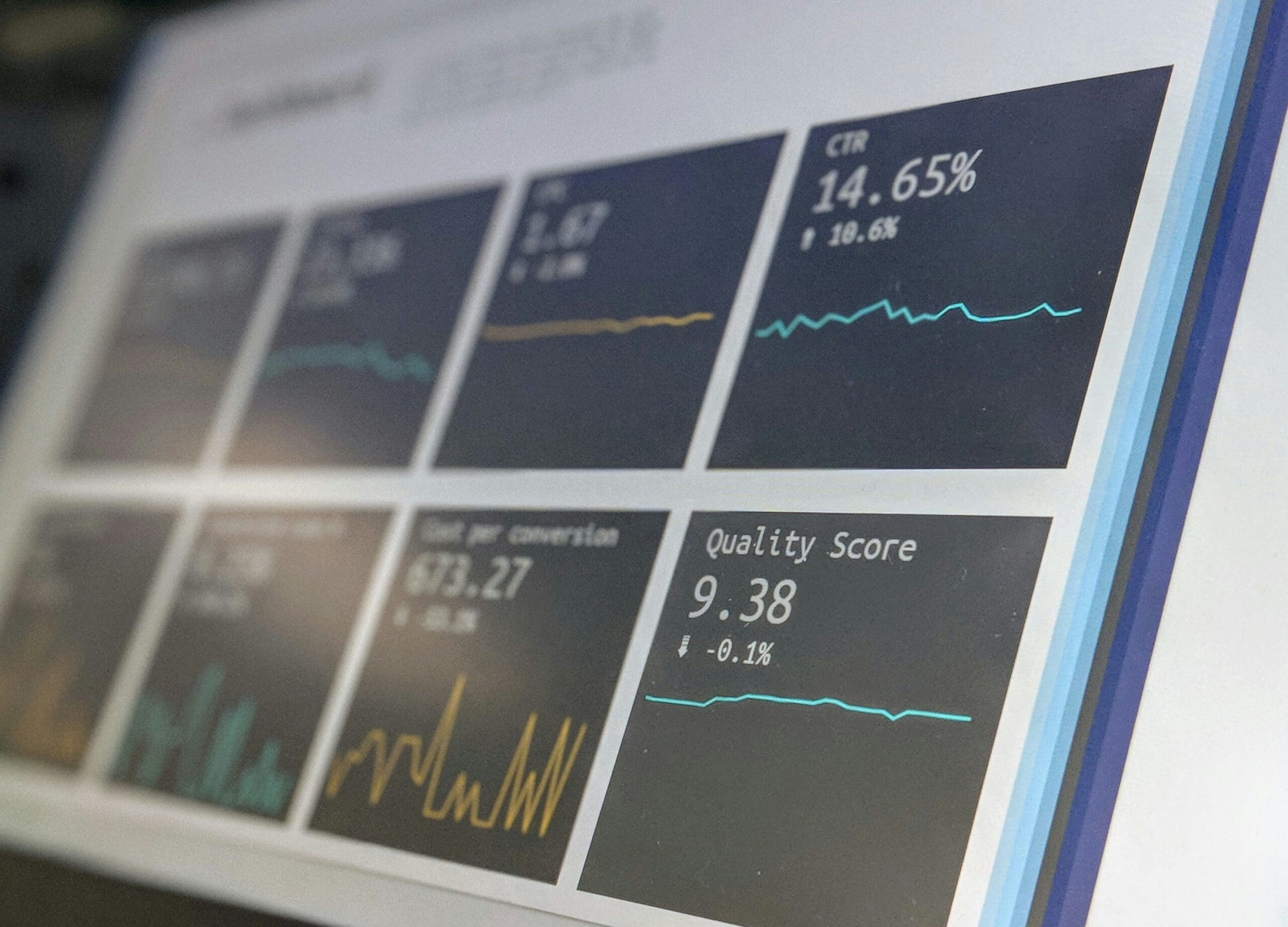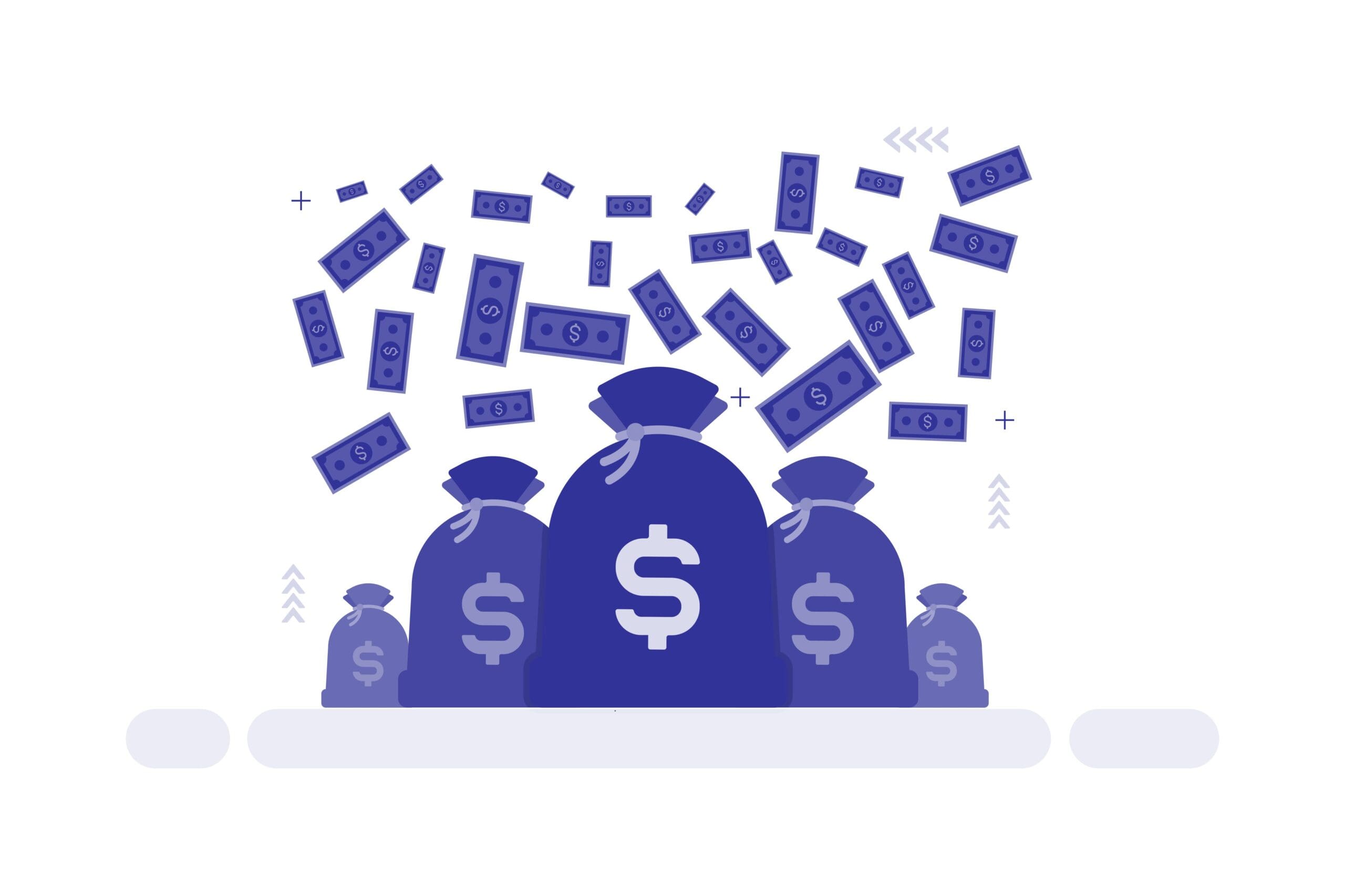The State of Data in 2025: A Fragmented, Privacy-First Open Web
The open web in 2025 looks different than it did just a few years ago. Third-party cookies are rapidly vanishing—not just in theory, but in practice. Chrome has moved to a consent-based strategy, while Safari and Firefox block cookies by default. Meanwhile, the regulatory landscape continues to evolve, with laws like the CPRA and GDPR reshaping how data can be collected, used, and shared.
The IAB’s State of Data 2025 report underscores the complexity of this transition. While AI holds promise for campaign planning and optimization in a signal-scarce world, only 30% of agencies, brands, and publishers have fully integrated AI into their media strategies. The majority are still navigating how to rebuild targeting, measurement, and audience insights without the familiar signals they’ve long relied on.
First-party data has become a vital strategic asset. It empowers publishers to maintain audience intelligence, deliver privacy-compliant targeting, and continue providing value to advertisers, even as legacy data sources disappear.
The open web is no longer one-size-fits-all. The publishers that thrive will be those who take control of their data strategy, embrace modern identity frameworks, and build monetization models designed for a privacy-first era.
The Cookieless Challenge: Lower Bids, Lower Revenue
As the industry transitions away from third-party cookies, publishers are already experiencing the impact, especially in revenue performance.
A recent A/B test by Pubstack and Highfivve showed that the absence of user identifiers led to significantly lower bid rates, particularly on Safari, which has long blocked third-party cookies.
Other findings reinforce the growing value gap:
- Cookieless impressions can sell for up to 40% less than those with third-party cookies, driven largely by diminished demand. (PPC Land)
- Nearly half of publishers anticipate a decline in ad revenue as cookie deprecation becomes widespread. (Teads)
This gap presents a real challenge but it also opens the door for strategic innovation. With the right data foundation and identity infrastructure, publishers can reclaim value and even outperform in a cookieless environment.
Where the Opportunity Lies
Despite the challenges, there is a clear path forward. Publishers that invest in the right tools and strategies today are already seeing measurable gains.
🔹 Build and Scale First-Party Data
Start with foundational tactics: email capture, newsletter sign-ups, and on-site behavior tracking. Then enrich that data with contextual and engagement signals to create meaningful, targetable audience segments.
🔹 Activate Across Identity Solutions
Relying on a single ID provider limits reach and revenue. Adapex clients who implemented multiple ID solutions saw measurable RPM gains—especially on cookieless traffic like Safari. More IDs mean more addressable inventory and more demand from advertisers.
🔹 Offer Privacy-Compliant Targeting
Buyers are seeking scale, precision, and brand safety. First-party data when connected to demand platforms and leading identity partners delivers on all three while keeping user privacy front and center.
Case Study: Real Results from Real Publishers
A real estate site using Adapex’s Data Refinery achieved significant results within just a few months:
- +10% overall RPM uplift
- +19% RPM uplift on Safari
- 100% privacy compliance
Implementation was seamless and no additional development resources were required. A single integration unlocked access to 26+ leading identity partners, streamlined contracting, and enabled continuous real-time optimization all fully managed by Adapex.
The Bottom Line: Privacy Isn’t a Roadblock—It’s a Revenue Strategy
The shift to a cookieless web doesn’t have to mean lost revenue. It’s a powerful opportunity to take control of your data, elevate your value to advertisers, and build a more intelligent, sustainable monetization strategy, especially as AI becomes more central to campaign performance and audience analysis.
If you haven’t started activating your first-party data, now is the time. And if you have, make sure you’re maximizing it: connect to multiple identity solutions, layer in contextual signals, and leverage AI to unlock greater precision, scale, and performance across every impression.


